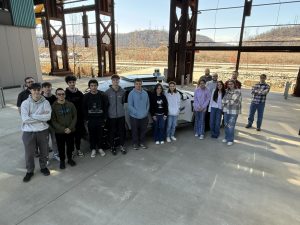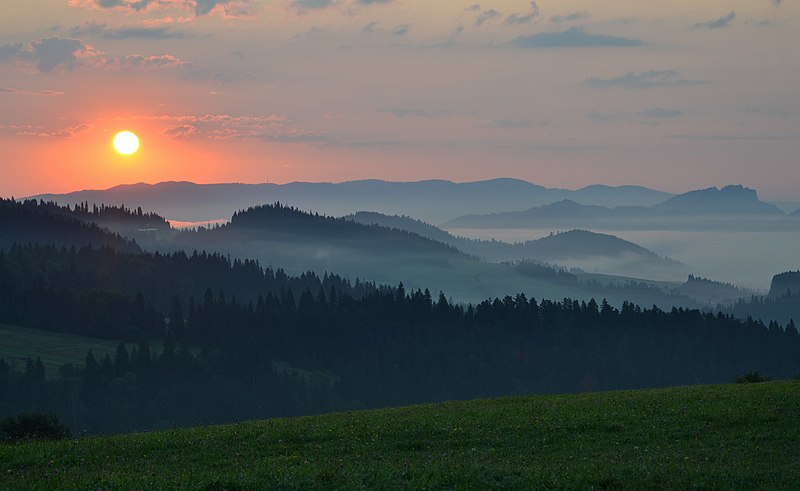How things work: The Sun
Pudelek, CC BY-SA 4.0
A sunrise over the mountains.
April 22, 2022
The sun has been heating up and providing light to Earth for billions of years. I will be explaining how it works.
The sun is a giant star and like all stars; it is just a giant ball of hot gases that consists of hydrogen and helium. The hydrogen atoms do something called nuclear fusion, which just means that hydrogen explodes in the center of the sun and the explosion produces heat and light.
The sun is very very big compared to earth. You can actually fit 1 million Earths inside the sun, which shows you how big the sun really is.
The sun is also 92 million miles away from Earth, and in a spaceship, it would take you a little over 19 years of continuous flying to reach the sun. Imagine being only less than a mile away from the sun and seeing it up close.
Just think of how hot and bright the sun is on Earth, even when it is so far away. If you were up close to the sun’s surface, it would be 625 times brighter than it is on earth, and not to mention, the heat would be an unbearable 27 million degrees! Compare that to a 90-degree hot summer day.
In about 7 billion years from now, our sun will completely explode and burn out as all stars do eventually, and the Earth will be in a permanent state of darkness and coldness. Our ancestors will have to deal with this disaster, unfortunately.
Once the sun burns out, it will go through its cooling stage, and at the end of its life cycle, it will gradually lose heat and just become a dead cold star.
Next time you wake up and see the sun rising, or if you have to put on sunglasses to avoid going blind, think of all of this and be thankful that we get the perfect amount of heat and light on Earth.














